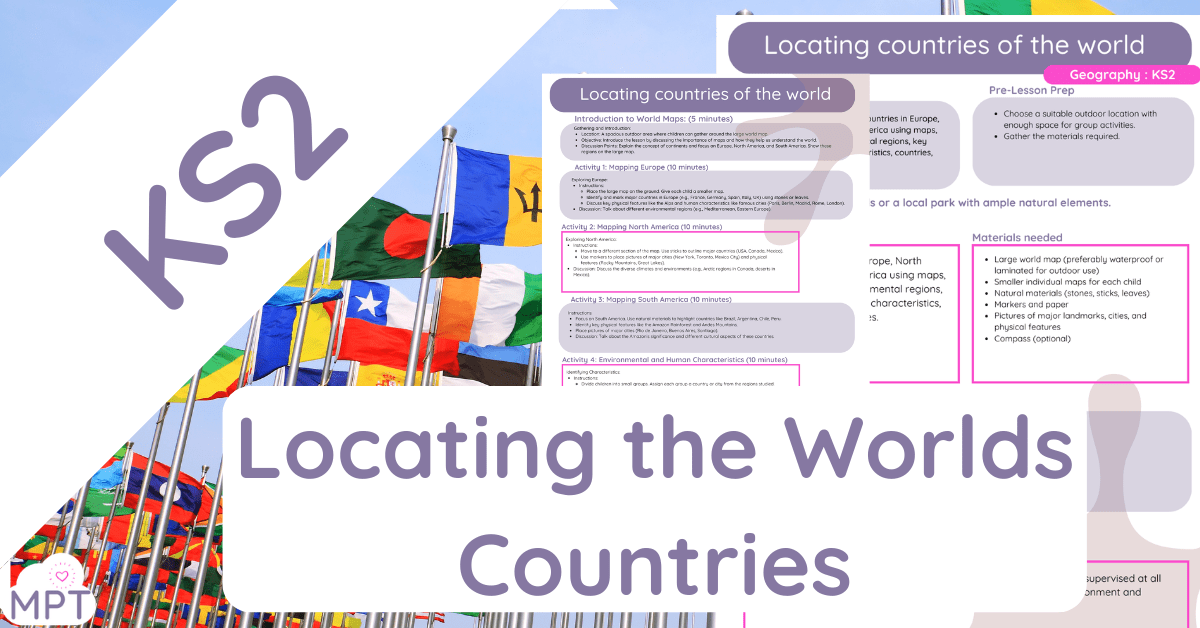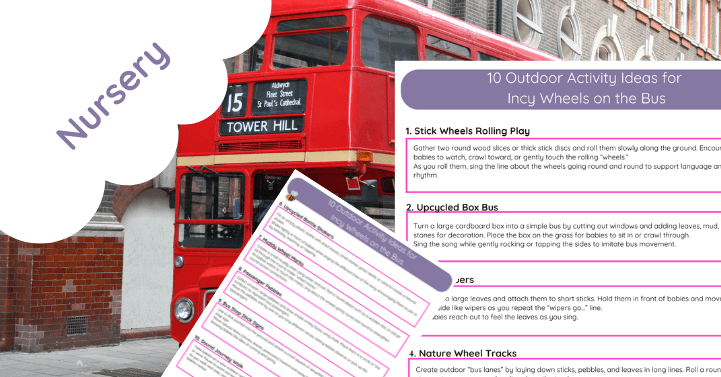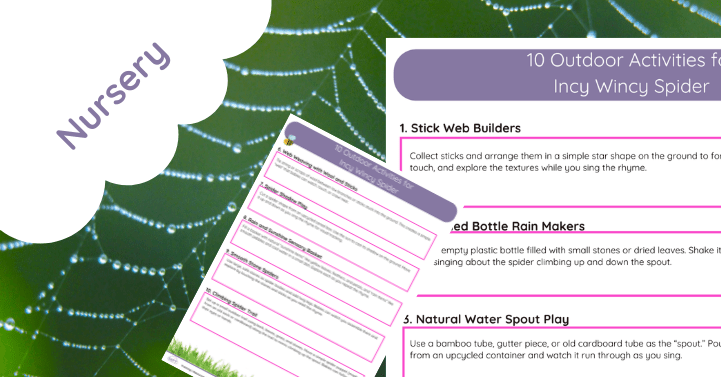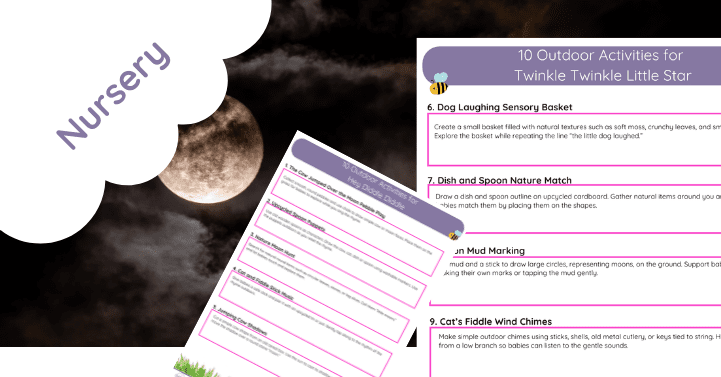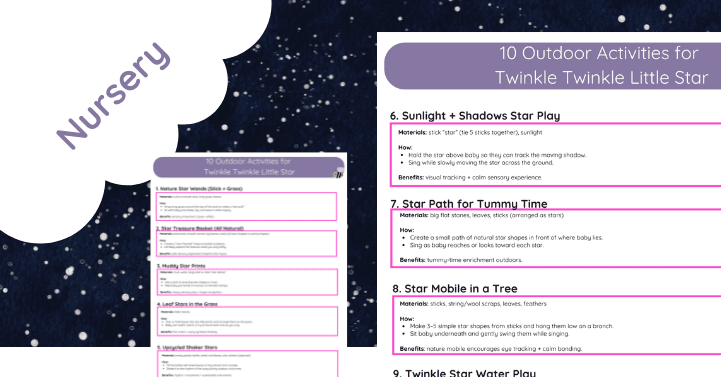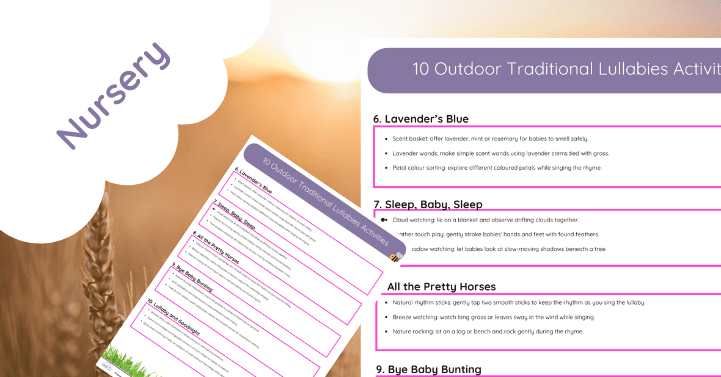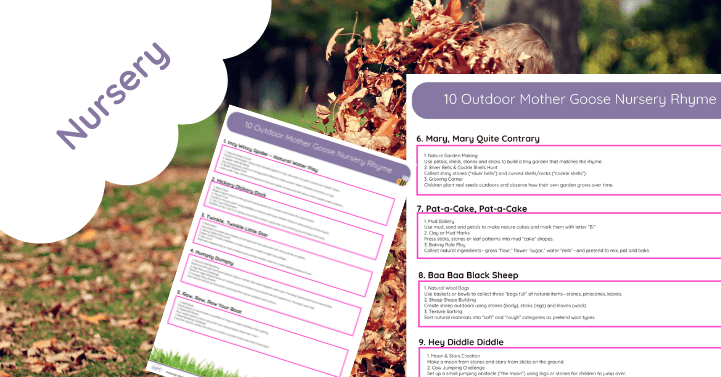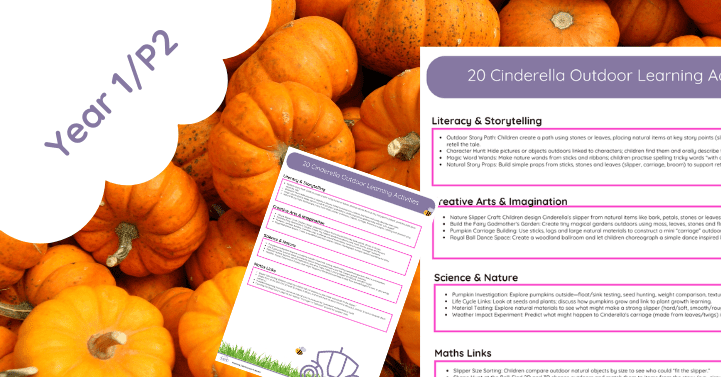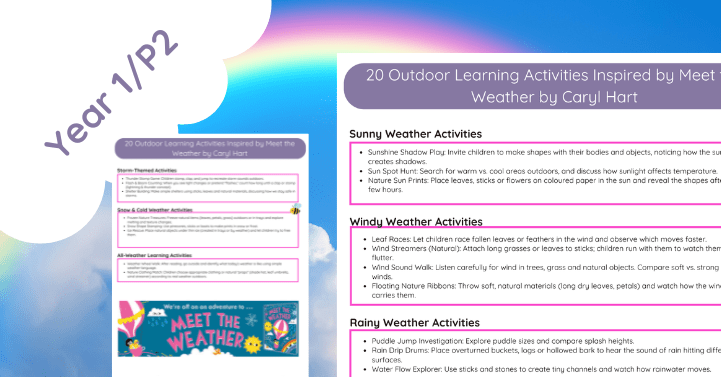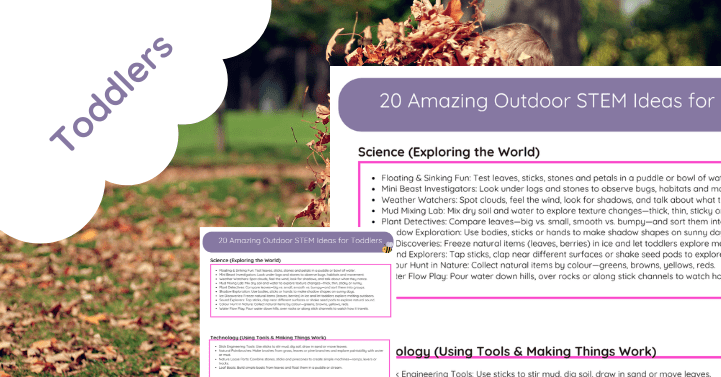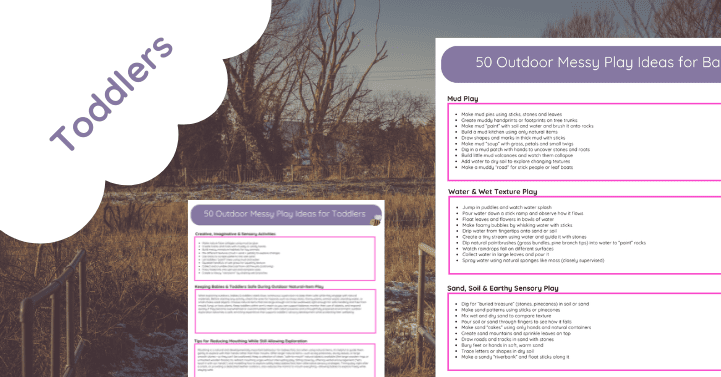Locating the World’s Countries: A KS2 Guide
Understanding the world’s geography is a crucial part of the KS2 curriculum. Learning to locate countries, especially in Europe, North America, and South America, helps children develop a global perspective. This blog will guide you through activities and resources to help KS2 children locate countries, focusing on their environmental regions, key physical and human characteristics, countries, and major cities.
Why Geography Matters for KS2
Geography helps children understand the world they live in, including the diverse cultures, landscapes, and environments that make up our planet. It builds a foundation for more advanced geographical studies and fosters curiosity about different places and peoples.
Fun Activities for Learning Geography
1. Map Exploration
Start with a large world map and individual maps for each child. This activity helps children familiarize themselves with the layout of continents and countries.
- Instructions: Provide each child with a map and ask them to locate Europe, North America, and South America. Use markers or stickers to highlight major countries and cities.
- Discussion: Discuss the significance of each continent and some interesting facts about the countries within them.
Useful Maps Resources:
2. Environmental Regions and Physical Features
Explore the different environmental regions and physical features of these continents.
- Instructions: Use natural materials to create representations of mountains, rivers, and other physical features. For example, use sticks to create the Andes Mountains or blue stones to represent the Amazon River.
- Discussion: Explain how these physical features affect the climate and human activities in these regions.
Environmental Resources:
3. Cultural and Human Characteristics
Teach children about the cultural and human characteristics of different countries.
- Instructions: Show pictures of famous landmarks, traditional clothing, and cultural festivals. Discuss the human activities that are common in these regions, such as farming, fishing, and tourism.
- Discussion: Talk about how geography influences culture and vice versa.
Cultural Resources:
Integrating the Muddy Puddle Teacher Approach
The Muddy Puddle Teacher approach emphasizes outdoor learning, making geography lessons engaging and memorable. Here are some ideas:
4. Outdoor Scavenger Hunt
Organize a scavenger hunt where children find items representing different countries or physical features.
- Instructions: Hide items around the school grounds that represent various countries or geographical features. Provide clues and maps to guide the children.
- Discussion: After the hunt, discuss what each item represents and why it’s significant.
5. Nature Walk and Mapping
Take children on a nature walk to explore their local environment and compare it to other regions.
- Instructions: Use compasses and maps to navigate the local area. Identify local physical features and compare them with those found in Europe, North America, and South America.
- Discussion: Discuss the similarities and differences between local geography and the geography of other regions.
Additional Resources from Muddy Puddle Teacher
Explore more geography activities and lesson plans from Muddy Puddle Teacher to enhance your teaching experience:
- Muddy Puddle Teacher Geography Resources
- Muddy Puddle Teacher Lesson Plans
- Muddy Puddle Teacher Outdoor Learning Ideas
- Muddy Puddle Teacher Activity Packs
- Muddy Puddle Teacher Teacher Community
Conclusion
Teaching KS2 children to locate the world’s countries, focusing on environmental regions, physical and human characteristics, is an enriching experience that broadens their understanding of the world. By using maps, engaging activities, and outdoor learning approaches, children will gain a deeper appreciation for geography. For more resources and lesson plans, explore the links provided and make your geography lessons a memorable adventure.
External Links:
- National Geographic Kids
- BBC Bitesize Geography
- World Atlas for Kids
- Google Earth
- World Wildlife Fund – Biomes
- NASA Earth Observatory
- National Geographic – Habitats
- BBC – Culture
- Lonely Planet – Culture
- Cultural Atlas
- Learning Resources
- Education.com
- Scholastic
- Teaching Ideas
- Kids World Travel Guide
Internal Links:


